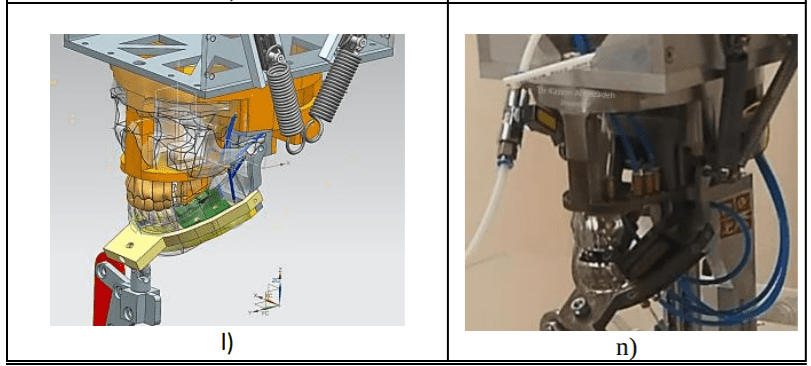Researchers at the University of Bristol (UoB) have created a robot for a peculiar purpose: chewing gum.

Robots keep coming for our jobs. Today, they’ve taken one of the easier ones — gum chewer. However, rest assured, it’s all in the name of science.
The robot is dentated to become a new gold standard for the testing of drug release from chewing gum. It has built-in humanoid jaws which closely replicate our chewing motions, and releases artificial saliva to allow researchers to estimate the transfer of substances from the gum to a potential user.
I have a mouth and I must chew
“Bioengineering has been used to create an artificial oral environment that closely mimics that found in humans,” says Dr Kazem Alemzadeh, Senior Lecturer in the UoB Department of Mechanical Engineering, who led the study.
“Our research has shown the chewing robot gives pharmaceutical companies the opportunity to investigate medicated chewing gum, with reduced patient exposure and lower costs using this new method.”
Chewing gum is recognized as a possible drug delivery method, but there currently aren’t any reliable ways of testing how much of a particular compound they can release during use.
The team’s theoretical work showed that a robot could be useful for this role — so they set out to build it and test it out.
The team explains that the robot can “closely replicate” the human chewing process. Its jaws are fully enclosed, allowing for the amount of released xylitol (a type of sweetener common in gum) to be measured.

Image credits Kazem Alemzadeh et al., (2020), IEE Transactions on Biomedical Engineering.
In order to assess the robot, the team had human participants chew the gum and then measured the amount of xylitol it contained after different chewing times. The team also took saliva and artificial saliva samples after 5, 10, 15, and 20 minutes of continuous chewing. The robot’s gum was then tested similarly and compared to that of the human participants.
The release rates between these two chewed gums were pretty similar, the team found. The greatest release of xylitol occurred during the first five minutes. After 20 minutes of chewing, only a low level of this compound remained in the gum, regardless of how it was chewed.
All in all, this suggests that the robot is a reliable estimation tool for chewing gum. It uses the same motions and chewing patterns as humans, and its artificial saliva seems to interact with the gum in a very similar way. As such, it could serve as the cornerstone of medical chewing gum.
“The most convenient drug administration route to patients is through oral delivery methods,” says Nicola West, Professor in Restorative Dentistry in the Bristol Dental School and co-author of the study.
“This research, utilizing a novel humanoid artificial oral environment, has the potential to revolutionize investigation into oral drug release and delivery.”
The paper “Development of a Chewing Robot with Built-in Humanoid Jaws to Simulate Mastication to Quantify Robotic Agents Release from Chewing Gums Compared to Human Participants” has been published in the journal IEEE Transactions on Biomedical Engineering.






